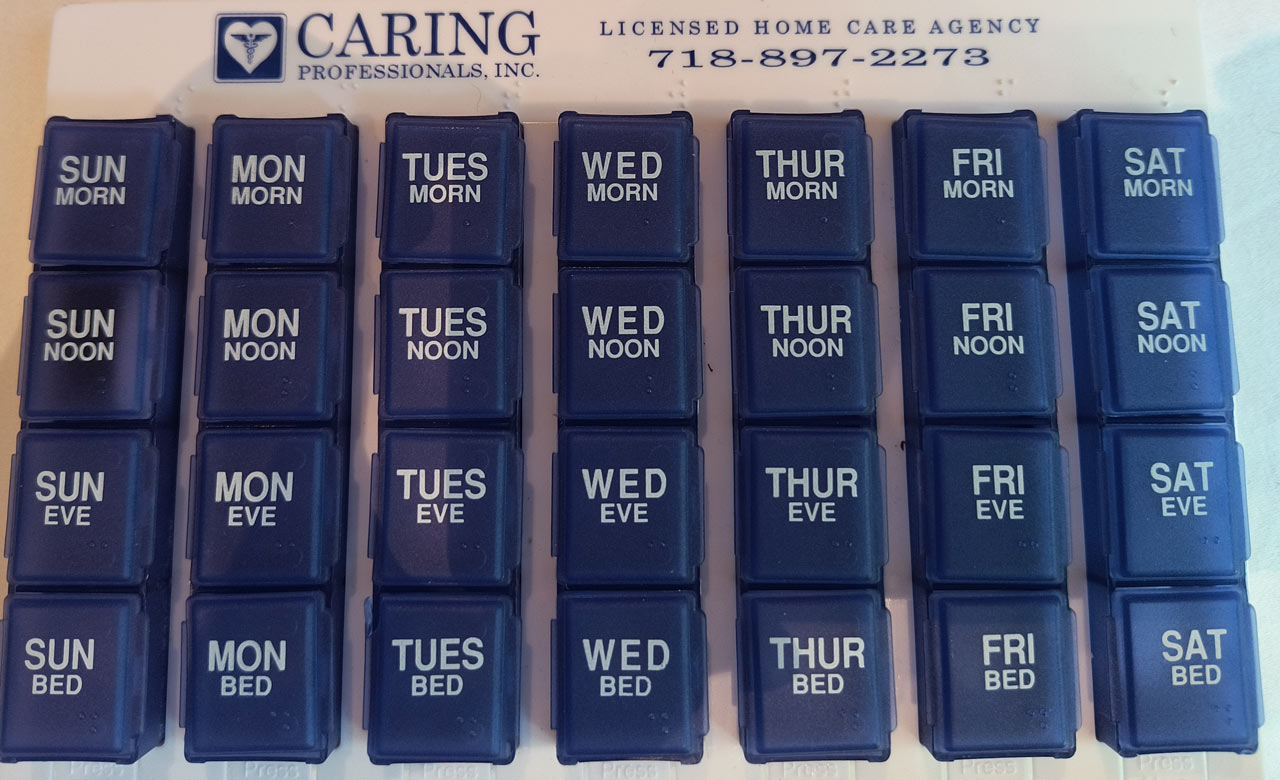Designing Kitchens with Independence in Mind: Essential Modifications for Aging Safely at Home
Kitchens are more than just places to prepare and enjoy food. They are often the center of a home, a place where people gather for convivial family time and celebration. Kitchens, on the other hand, are also places to store food, transfer food from cooking source to serving dishes to the table, serve a meal, eat it, and clean up afterwards. Ensuring kitchen safety for a senior will therefore involve many of its functions.
Preparing food for oneself and one’s family makes a person feel like a nurturer. Making sure a kitchen continues to be a place where a senior can independently (or even with help) prepare food will keep him feeling positive, needed, and self-sufficient, too. Socializing in the kitchen will be enabled with a comprehensive approach to challenges and safety issues for seniors with limited mobility.
Access to the refrigerator is important for obvious reasons. The fridge should face the most open and unobstructed area in the kitchen. A person in a wheelchair will find a side-by-side model easiest to open. Units with French doors provide even better access to the freezer and fridges. Most new French door models offer features that are helpful to a person with limited mobility and a need for convenience: external water and ice dispensers, shelves that slide out or pull down, conveniently located temperature controls, larger storage spaces in the doors. They also require less swing space so there is little interference for a person using a mobility aid.
Remember that stretching is hard, so easy access is important. Pull down shelves for wall cabinets will make them more accessible. A cheaper option is buying a handheld reaching device to bring down items from high cabinets. In general, sliding is better than lifting because reaching and lifting are more stressful, and the person has less control. In a pantry, pull-outs, pull-down shelves, and rotating shelves with frontal access and space are good choices.
When one considers food preparation, factor in the height of the person who will cook, his seated height, and convenient working heights. Conversations between the senior and the kitchen planner/Aging-in-Place Specialist will be about preferences, kinds of food preparation that the person engages in (making salads, baking, stir fry, or other methods). Remember that the goal is to allow the senior to continue to do what he enjoys doing in a safer manner.
Remember that kitchen table legs are a barrier that must be navigated around. Choosing a table with a base makes wheelchair access easy.
A sink should have easy facet controls; a touch control style is best because you can turn the faucet on or off with one hand. The hot and cold controls should be marked. A wall-hang sink could be installed so that a wheelchair can easily fit underneath and so rinsing of produce, washing dishes, etc. will be easier.
Similar considerations for cook tops are important. Make sure that cooking can be done from a seated position. Knee space under the cook top is necessary with controls in the front. Smooth electric range tops are popular for this population; they usually have lights which indicate when the surface is hot. Wall ovens are easier to manage than those under a stove top. Microwaves should not be hung above the cook top; hinged, reversible swing drop down, or drawer style microwaves are preferred. All kitchen appliances should have large controls and easy to leverage adjustments.
They should be well lit, as well. A combination of general lighting, task lighting and area lighting are preferred. A night light which is motion or photo sensitive will keep the senior from tripping.
Flooring should be seamless in the kitchen and easy to clean. Ceramic tiles are not a great choice because of irregular surfaces that are a hazard for wheelchair and walker users. Grouting may prove a challenge. Smooth, but not too smooth flooring is safest.
Consulting a certified Aging in-Place Specialist on home modifications is smart. These are people trained and certified by the National Home Builders Association and are often contractors, occupational therapists, and people who work with the elderly. They know the latest products as well as how to safely install them. Of course, medical providers know the seniors” current and possible future conditions, so they are the first to consult when doing the planning.
Similar Article in our Home Care Resources
- How Tech can Help your Caregiving in 2024
- Creativity and Caregiving
- Why is my Mother’s Personality Changing?
- Photos at the Bedside
- Extreme Heat and Your Dementia Patient
- Finding the Balance: Respectful Caregiving and Decision-Making for Aging Parents
- Caregiving and Working: Making it Work with or without using CDPAP
- How to Assess a Home for Senior Safety: Age in Place Part 1






